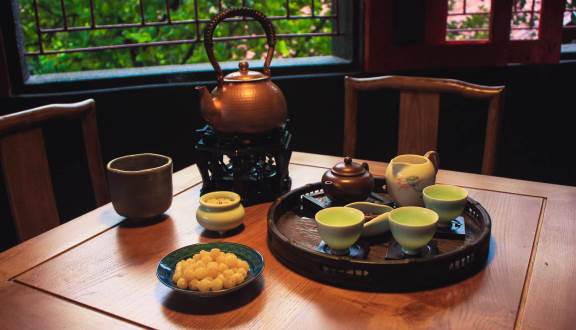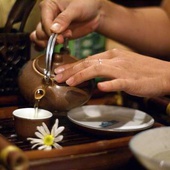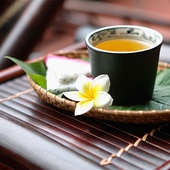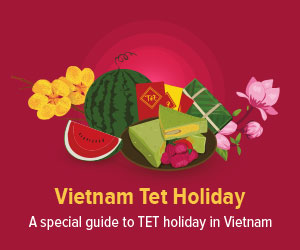Tea and Vietnamese
In Vietnam, tea continues to play a significant role in nearly every social activity, spanning weddings, birthdays, anniversaries, and ritual ceremonies. Whether it’s enjoying a cup of hot tea in the morning after breakfast, sipping iced tea at a roadside café while waiting for a friend, or spending the day relaxing in a tea house, tea remains deeply embedded in the daily lives of the Vietnamese people.
A Brief History Of Tea In Vietnam
Let’s embark on a brief journey back in time to explore the evolution of tea-drinking habits in Vietnam and the appreciation of its art form.
 Tea and tea drinking as an art
Tea and tea drinking as an art
From the 13th to the 15th centuries, Vietnamese scholars considered tea to embody various philosophical values, viewing it as a source of spiritual purity. Many chose to read and enjoy tea as a means to escape from life’s chaos and seek enlightenment and inner peace.
Drinking tea was thought to enhance one’s character, refine manners, and reveal personality traits. Those who enjoyed concentrated tea were esteemed for their fine manners, while tea artisans skilled in pouring tea into bowls arranged in a circle without spilling were highly respected by their peers.
The Vietnamese tea-drinking style is versatile, lacking a strict standard, and creatively conveys nuanced interactions among individuals. Over time, tea has woven itself into the fabric of daily life for both the aristocracy and the common folk, spanning urban and rural communities alike.
Tea At Home
In addition to special occasions like weddings and funerals, tea is served multiple times daily in every Vietnamese household. Mornings often start with a cup of hot green tea, especially among the elderly, who cherish its refreshing qualities. Many prefer enjoying tea in a patio or a backyard garden, embracing nature and allowing fresh air to enhance the tea's flavor.
Vietnamese culture emphasizes how tea fosters connection and hospitality; it is common to invite friends and neighbors over for a chat over a cup of tea. Furthermore, tea is often consumed after meals, especially dinner, allowing family members to gather and share their daily experiences.
Tea On The Streets
Tea consumption extends beyond homes to the bustling streets of Vietnam. Street vendors, known as “quán cóc,” offer tea at locations such as bus terminals, train stations, schools, and office blocks, as well as in quiet alleys. These vendors serve hot or iced green tea, adding richness to the vibrant culture of street life, particularly for workers and students who take respite during their busy days.
Recently, a new trend among Hanoi's youth has emerged: gathering at “quán cóc” specializing in “trà chanh,” or lemon tea. With a few plastic stools, a dish of roasted sunflower seeds, and a glass of trà chanh, friends enjoy their time together affordably. This refreshing drink has become popular enough to be used as slang among youngsters, denoting a casual hangout. The lively area around Saint Joseph Cathedral is a notable spot for enjoying trà chanh, where patrons can engage in discussions about current events, fashion trends, technology, and all sorts of gossip.
Tea-House Culture
With rising incomes and an increasing appreciation for tradition and culture, tea-houses have become more prevalent in Vietnam. These establishments vary in style, including Chinese, Japanese, and traditional Vietnamese influences.
Distinctive architecture characterizes many tea-houses, appealing to those seeking a unique atmosphere exclusively designed for tea lovers. Customers can take their time in a space reminiscent of a traditional Vietnamese countryside home, enjoying the gentle smoke from the teapot while allowing their worries to dissipate. At these tea-houses, patrons have the freedom to explore a wide variety of teas, including traditional green tea, fragrant teas, herbal blends, and exotic imports, all while engaging in spirited conversations about the world of tea.

Tea & Life In Vietnamese Perception
For Vietnamese, tea is not only a favorite refreshment but also an effective cure for daily common diseases.

Vietnamese Tea Culture
How do you sip your tea in a cool autumn morning? And how Vietnamese appreciate their aromatic beverage you may ask, is it the same as Japanese and Chinese do?






